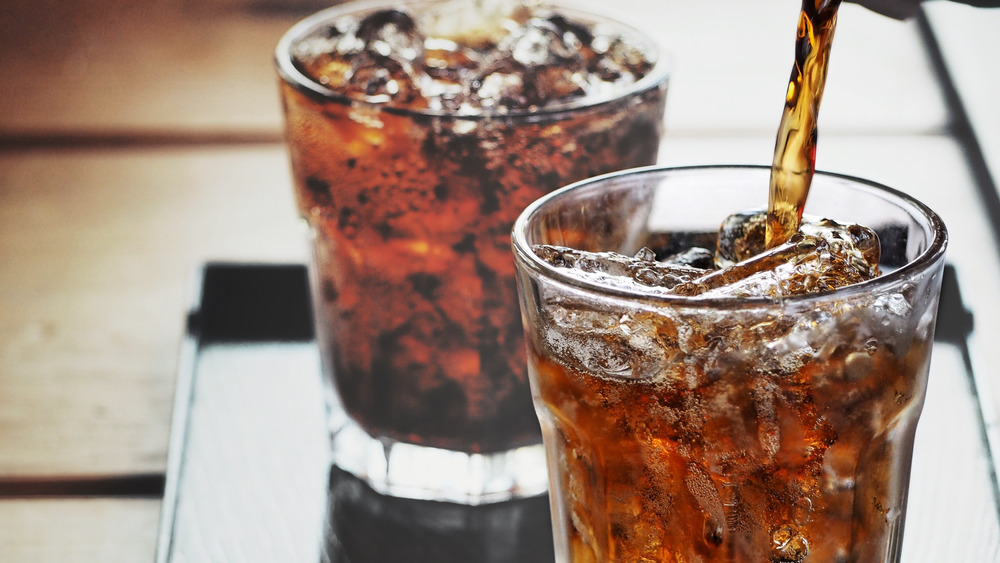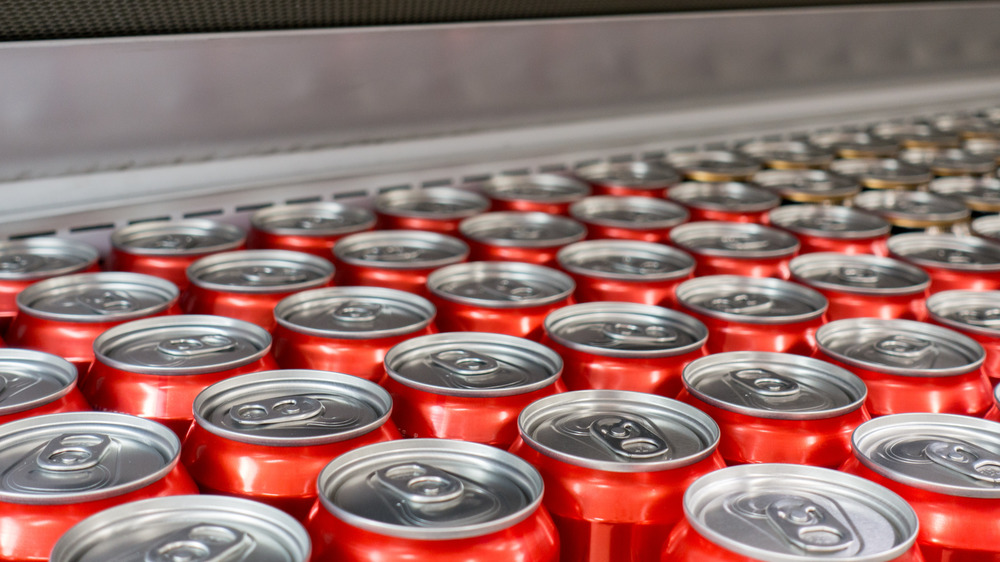America's Oldest Commercial Soft Drink Isn't Coca-Cola
The earliest soft drinks were thought to offer medicinal benefits, which is a strange principle these days since JAMA released a 2019 study that showed consumption of sodas was linked to a higher mortality rate.
It was British chemist Joseph Priestley who, among other accomplishments, first created a device in 1767 that could insert carbon dioxide into water, making a drink he thought could help with scurvy and other ills. His method required a fermenting yeast that added gas to the water. Although it ultimately proved ineffective in treating these disorders, the "'gasogene' that employed this technique later made possible the soda-water industry," according to Britannica. Priestley passed along the process to Captain James Cook, who used the method in the Pacific. It didn't save them from scurvy, but the crew was the first to drink carbonated water at sea.
While Priestley never marketed his idea, he did publish a paper, "Impregnating Water with Fixed Air," about the process. A German watchmaker in Geneva, Switzerland, Johann Jacob Schweppe, read it and started his own experiments, reported Drinking Cup. He expanded Priestley's work by simplifying the carbonation process, using sodium bicarbonate and tartaric acid and a compression pump he operated by hand. Schweppe called his methodology the Geneva System and began making drinks to sell in 1783, naming his company Schweppes. "These early waters were sold under the guise of medicinal remedies, needless to say the true effects only aided in hydrating patients, not healing them," according to the website.
The first American sodas
Schweppes soft drinks sold so well, he expanded the business in 1792 and moved production to England. His carbonated water required a special bottle. Ones made of earth lost gas quickly, so Schweppes began using a glass bottle invented by William Hamilton that needed to be placed on its side so the cork remained wet, preventing any gas from escaping. According to the Schweppes website, "Customers referred to Schweppes as 'Lightning in a bottle' because it was the first bottle of its kind to retain carbonation."
When Schweppe retired, he sold his business, but innovation continued with the 1835 invention of Schweppes Lemonade. Ginger ale and tonic water, initially thought to ward off malaria, was added in the 1870s.
Schweppe's ginger ale was not the first to hit American soil. That honor goes to Detroit druggist James Vernor. Familiar with Irish ginger ales — Belfast chemist Thomas Joseph Cantrell is credited with creating the first carbonated version in 1852 — he mixed up his own recipe for his Higby & Sterns store. When the Civil War interrupted his work, he left a ginger syrup cask behind. He returned four years later, tasted it, and decided he found the perfect formula, said Serious Eats. Vernors Ginger Ale went on the market in 1865 and is believed to be America's earliest soft drink.
Some runner-up soft drinks are Dr. Pepper, served at the Louisiana Purchase Exposition in 1885, and Hires Root Beer, which was available in pharmacies by 1884. Coca-Cola, by the way, wasn't invented until 1886.

